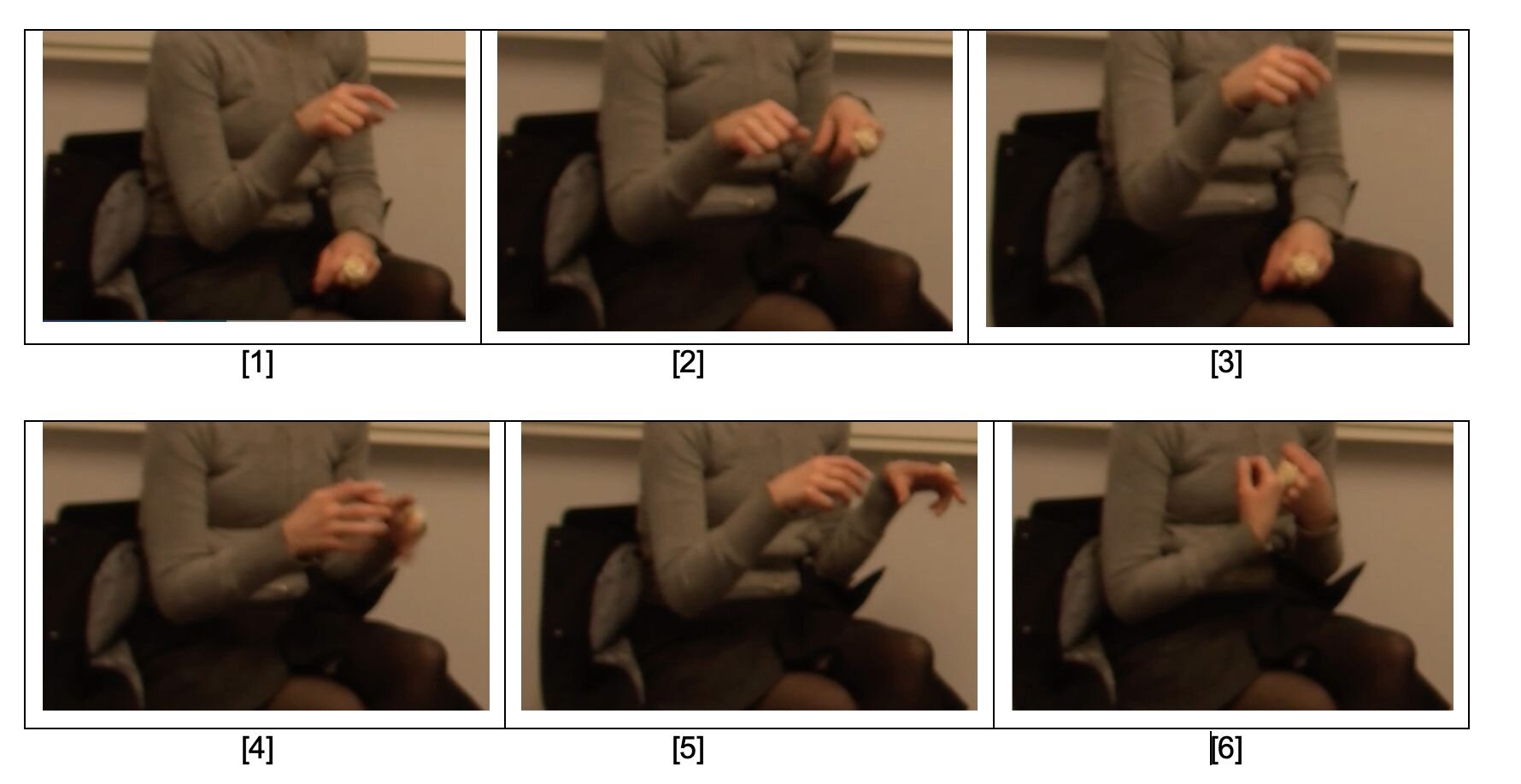What’s interesting about the Italian usage of gestures is that it’s para-linguistic (unlike a sign language), but it still conveys meaning alongside what’s being said - sometimes, critical info.
Here’s a bit of a dirty example. There’s a gesture where you close both fists, but the index fingers are slightly lifted (while still curled), and you gently tap the inner side of the hands together a few times. If I were to use it alongside the sentence “Alice and Bob are in that room”, the gesture alone conveys what they’re doing (having sex).
They’re also used for backchannel. It’s outside the scope of the study, but basically: while one person is saying something, the other gestures their thoughts or metadiscursive info (like “go on”).
Have you ever read The Belgariad? It’s like Drasnian sign language 😂
Italians are sterotypically thought of as having a lot of hand gestures, and the study seems to confirm it. Are Swedes also typically more likely to use hand gestures to others? The article says the Italians seem to have about twice as frequent hand gestures.
Just a general question I have to how influenced Swedish culture is by Italian. I think that it was quite common with Italian immigrants in Sweden after ww2, and it seems like Swedish has some words directly borrowed from Italian: fattura/faktura, provare/prova. Maybe also hand gestures are influenced?
Idk about that. Probably these so called borrowed words from Italian, are actually of Latin origin, like so many words in so many European languages.
I don’t speak Swedish, but ⟨faktura⟩ is clearly from Latin, not from Italian. Italian shifted Latin ⟨ct⟩ /kt/ clusters into ⟨tt⟩ /t:/, and the Swedish borrowing preserves it.




